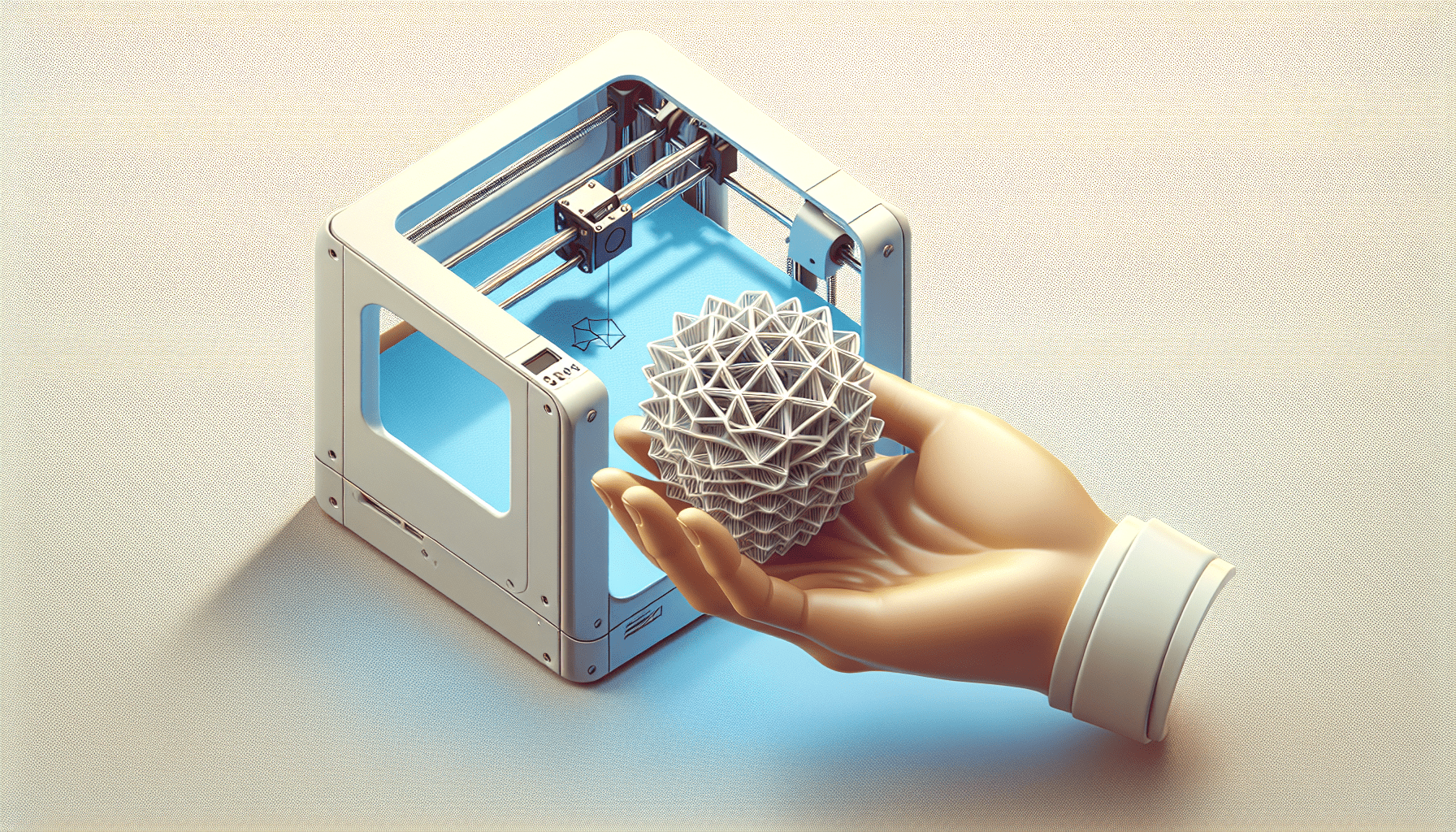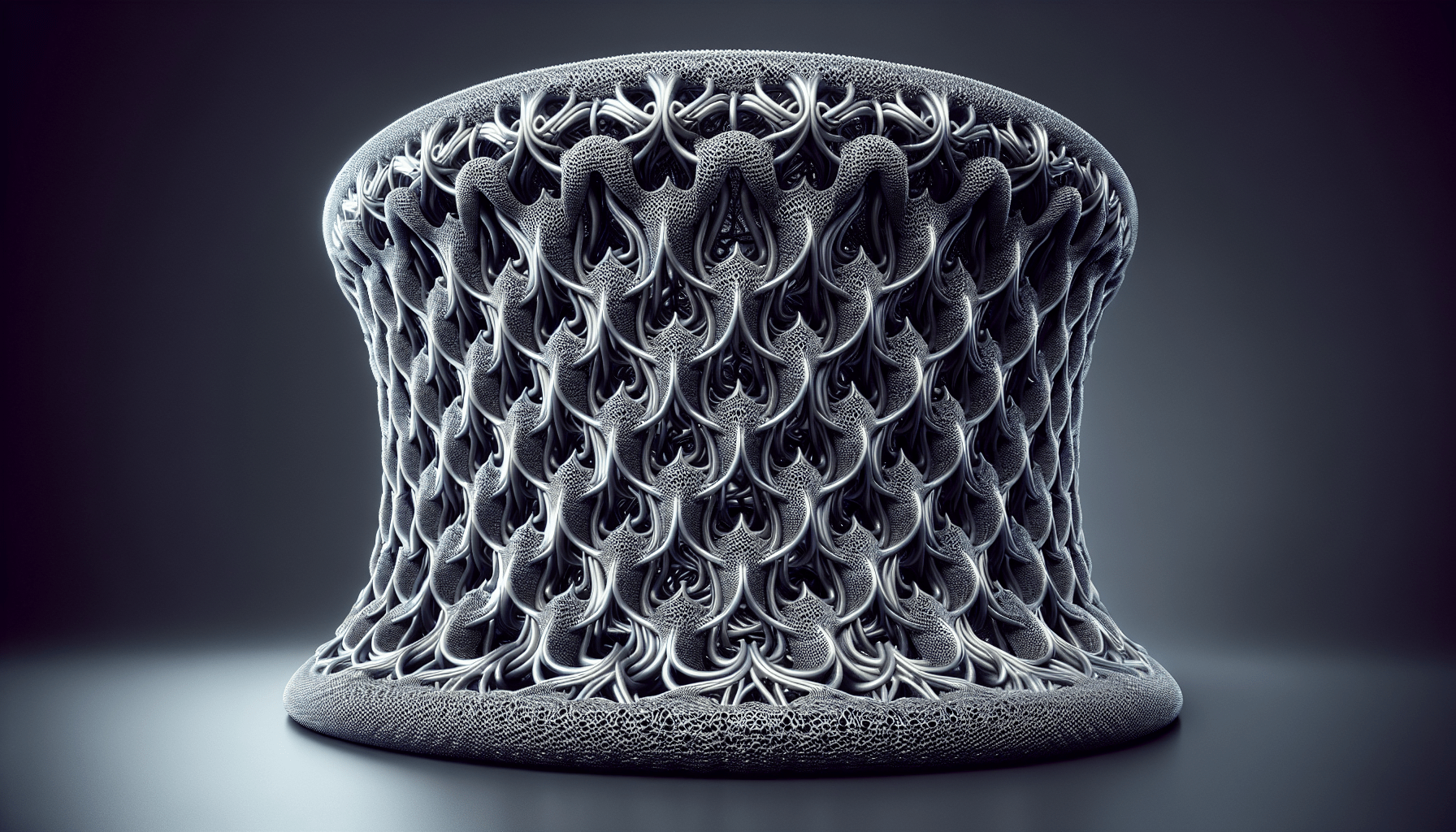Creality Ender 3 V3 SE 3D Printer, 250mm/s Faster Print Speed CR Touch Auto Leveling Sprite Direct Extruder Dual Z-Axis Auto Filament Loading Ender 3 Upgrade 3D Printer Print Size 8.66x8.66x9.84 inch
$219.00 (as of March 8, 2025 20:51 GMT +00:00 - More infoProduct prices and availability are accurate as of the date/time indicated and are subject to change. Any price and availability information displayed on [relevant Amazon Site(s), as applicable] at the time of purchase will apply to the purchase of this product.)Have you ever wondered how to make AutoCAD work more seamlessly for you? Whether you’re a seasoned drafter or a newbie, knowing how to customize your AutoCAD environment can save you time and headaches. That’s what we’re discussing today.

Anycubic 3D Materials Sale: Resin & PLA from $9.49/kg
AutoCAD Workspaces and Profiles: Tuesday Tips With Frank
One of the things I liked about AutoCAD when I began using it way back when was that it was designed to be tailored to how you would use it. It wasn’t intended for only drawing floorplans, printed circuit boards, or machined parts, although it could do all those things. The idea was for you to customize it to fit your needs.
Fast forward to its modern incarnation, and that element hasn’t changed. Oh, there are all kinds of specialized offspring. But even the toolsets are meant to be tailored to how you use them. Whether it’s which palettes you have on (and where) or how you view tooltips (or not), these settings all make up your customization of AutoCAD and are saved in a couple of places.
Most users are probably aware of these, which we call Workspaces and Profiles. But what are they exactly, and how do they differ? I find it’s often a confusing subject for new users. Today, we’ll look at what each one is, what it contains, and how to use them to your advantage.
AutoCAD Workspaces
Ask most AutoCAD users what customization means to them, and they’ll talk about the user interface. What palettes are displayed? Are they anchored or floating? Auto-hidden or not? Maybe it’s the display state of the Ribbon, or perhaps you like using the old menubar in conjunction with toolbars. All these UI elements can be saved in a workspace, and a workspace is saved within a CUIx file.
Setting Up Workspaces
Notice I said, “can be.” It doesn’t happen on its own; it requires you to set it up. Let’s look at what that means. First, you can access the commands you need to manage your workspaces in three ways:
- Status Bar: Click on the gear icon.
- Quick Action Toolbar: Add Workspace to your Quick Action Toolbar (QAT) and access it there.
- Command Line: Simply type it in.
I want to concentrate on two of the commands in the menus. The first is “Save Current As…” and the other is “Workspace Settings…”.
Save Current As
We’ll start with Save Current As. There are two schools of thought on creating a new workspace. Some people like to create a workspace (which also sets it as current), then set up the UI as they please. Others, like me, prefer to set up the UI first, then save it as a new workspace. Both ways work.
Workspace Settings
The other important tool to know about lies within the Workspace Settings dialog. Yes, you can choose the active one, change the display order, or even add a separator, but the radio buttons at the bottom are the key to managing your Workspaces.
You can either have AutoCAD automatically save any changes you make to the current workspace or not. Choose the latter, and it’s on you to save any changes yourself.
Saving Changes
“But Frank,” you’re saying, “there’s no Save in the menu, just Save As.” I get it. But don’t worry. Use the Save Current As option, and you’ll find that the Name field also has a pulldown menu. To save any changes, just select your workspace and save it. It’s kind of a two-in-one dialog!

Anycubic 3D Materials Sale: Resin & PLA from $9.49/kg
AutoCAD Profiles
The second part of the customization puzzle is your profile. It contains things like the background color, command line font and color, cursor size, and pickbox size. It’s pretty much anything that’s found in the Options dialog, including path information.
What Profiles Contain
Your computer’s registry stores all this information. And, unlike a workspace, you can export all these settings to an external file (with an ARG extension) to use as a backup or to import into another AutoCAD installation. In fact, if you were to open an ARG file, you’d see that it is just a lot of registry keys and values.
Automatic Saving
Unlike workspaces where you decide how changes get saved, a profile saves any changes automatically. But if you want that external file for a backup – you know, just in case – you have to remember to do it yourself. That is, unless you had me as your CAD Manager, as I put in some start-up AutoLISP code to export a new version every two weeks, because again… things happen. I always find it’s better to be the hero in those situations than to be a goat.
Summary
So, there you have it. Pretty much every interface element is stored in a workspace or a profile. Now that you know which one contains what and you have a basic understanding of how to manage them, you’re on your way to having better control of your AutoCAD customizations.
More Tuesday Tips
Check out our whole Tuesday Tips series for ideas on how to make AutoCAD work for you. Do you have any favorite AutoCAD tips? Tell us in the comments!
The post AutoCAD Workspaces and Profiles: Tuesday Tips With Frank appeared first on AutoCAD Blog.
Anycubic 3D Materials Sale: Resin & PLA from $9.49/kg








